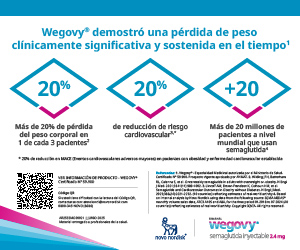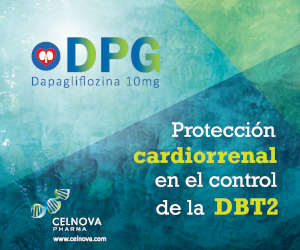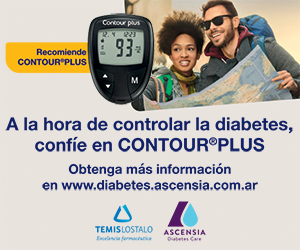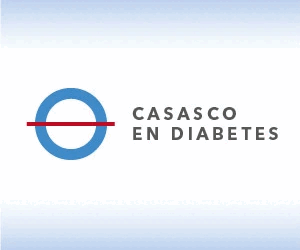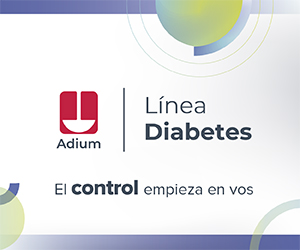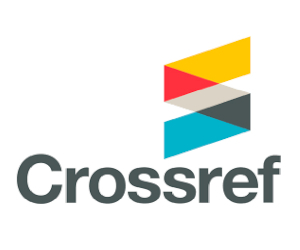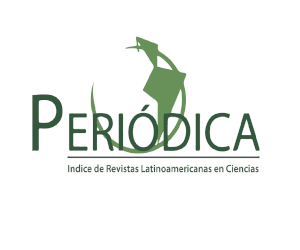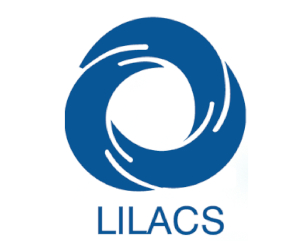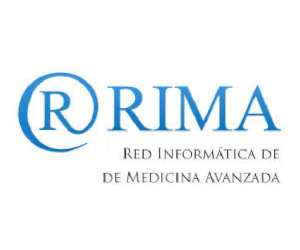Fetal lung maturation in pregestational diabetes mellitus and chronic complications
DOI:
https://doi.org/10.47196/diab.v56i2Sup.541Keywords:
diabetes mellitus in pregnancy, diabetic angiopathy, preterm delivery, corticosteroids, fetal lung maturationAbstract
Pregnant patients with pregestational diabetes mellitus (DM) and micro and macroangiopathic complications have a higher risk of their worsening and of presenting other pregnancyassociated disorders. The progression of diabetic retinopathy occurs during pregnancy and postpartum. Nephropathy is associated with an increased risk of preeclampsia, preterm delivery, fetal growth restriction, and perinatal mortality. When there is coronary artery disease or gastroparesis, an increase in maternal and fetal morbidity is observed Preterm delivery is a prevalent condition in diabetic patients.
Corticosteroid fetal lung maturation has been extensively studied, with numerous controlled trials, to become one of the most important evidence-based prenatal therapies to reduce perinatal mortality and decrease respiratory distress syndrome, intraventricular hemorrhage, and necrotizing enterocolitis, in premature infants. Nevertheless, this evidence did not include patients with DM, for this reason perinatal results are not known in this group of patients.
References
I. Farrar D, Simmonds M, Bryant M, et al. Hiperglucemia y riesgo de resultados perinatales adversos: revisión sistemática y metanálisis. BMJ 2016;354:i4694.
II. Carlson KS, Smith BT, Post M. Insulin acts on the fibroblast to inhibit glucocorticoid stimulation of lung maturation. J Appl Physiol 1984;57:1577-920.
III. National Institute for Health and Clinical Excellence. NICE Clinical Guideline 63: Diabetes in pregnancy. Management of diabetes and its complications from preconception to the postnatal period. London: NICE; 2008.
IV. WHO recommendations on interventions to improve preterm birth outcomes. 2015. OMS: WHO/RHR/15.2
V. Ambia AM, Seasely AR, Macias DA, Nelson DB, Wells CE, McIntire DD, Cunningham FG. The impact of baseline proteinuria in pregnant women with pregestational diabetes mellitus. American Journal of Obstetrics & Gynecology MFM 2020;2(1):100072.
VI. Champion ML, Steele R, Sinkey R, Tita AT, Harper LM. Baseline renal function and adverse outcomes in pregnancies complicated by pregestational diabetes. The Journal of Maternal-Fetal & Neonatal Medicine;2021:1-7.
VII. Guzmán-Solís MC, Sánchez-Rodríguez O, Montaño-Martínez A, Peredo-Villa DE, Paniagua-Sierra R, Trejo-Villeda MA, Hernández-Rivera JCH. Desenlaces obstétricos en mujeres embarazadas con enfermedad renal crónica y factores asociados. Ginecología y Obstetricia de México 2020;88(4):230-243.
VIII. Jovanovic L, Nakai Y. Successful pregnancy in women with type 1 diabetes: from preconception through postpartum care. Endocrinol Metab Clin North Am 2006;35:79-97.
IX. Morrison JL, et al. Diabetic retinopathy in pregnancy: a review. Clinical and Experimental Ophthalmology 2016;44:321-334.
X. McGoldrick E, Stewart F, Parker R, Dalziel SR. Antenatal corticosteroids for accelerating fetal lung maturation for women at risk of preterm birth. Cochrane Database of Systematic Reviews 2020;12(12):CD004454.
XI. Leguizamon G, Tribugo D, Pereira JI, et al. Vascular complications in the diabetic pregnancy. Curr Diab Rep 2015;15:22.
XII. Macleod AF, Smith SA, Sonksen PH, Lowy C. The problem of autonomic neuropathy in diabetic pregnancy. Diabetic Medicine 1990;7:80-82.
XIII. Airaksinen KE, Salmela PI. Pregnancy is not a risk factor for a deterioration of autonomic nervous function in diabetic women. Diabet Med 1993;10(6):540-2.
XIV. Kaaja R. Vascular complications in diabetic pregnancy. Thrombosis research 2011;127:S53-S55.
XV. Ornoy A, Becker M, Weinstein-Fudim L, Ergaz Z. Diabetes during pregnancy: a maternal disease complicating the course of pregnancy with long-term deleterious effects on the offspring. A clinical review. International Journal of Molecular Sciences 2021;22(6):2965.
XVI. Alexopoulos AS, Blair R, Peters AL. Management of preexisting diabetes in pregnancy: a review. JAMA 2019;321(18):1811-1819.
XVII. Li Y, Wang W, Zhang D. Maternal diabetes mellitus and risk of neonatal respiratory distress syndrome: a meta-analysis. Acta Diabetol 2019 Jul;56(7):729-740. doi: 10.1007/s00592-019-01327-4.
XVIII. Persson M, Shah PS, Rusconi F, et al. Asociación de diabetes materna con resultados neonatales de lactantes muy prematuros y de muy bajo peso al nacer: un estudio de cohorte internacional. JAMA Pediatr 2018;172(9):867-875.
XIX. Battarbee AN, Venkatesh KK, Aliaga S, et al. La asociación de diabetes pregestacional y gestacional con morbilidad y mortalidad neonatal severa. J Perinatol 2020;40:232-239.
XX. Di pasquo E, et al. Determinants of neonatal hypoglycemia after antenatal administration ofcorticosteroids (ACS) for lung maturation. Data from two referral centersand review of the literature. Early Human Dev 2020;143.
XXI. Al-Nafisee S, Overton E, Gyamfi-Bannerman C. Antenatal steroids in diabetic mothers and neonatal hypoglycemia: a retrospective cohort study. American Journal of Obstetrics & Gynecology 2021; Supp.
XXII. Gyamfi‑Bannerman EA, et al. Antenatal betamethasone for women at risk for late preterm delivery. N Engl J Med 2016;374:1311-20.
XXIII. Pettit KE, et al The association of antenatal corticosteroids with neonatal hypoglycemia and hyperbilirubinemia. J Matern Fetal Neonatal Med 2014;27(7):683-686.
XXIV. Taygen E, Harding JE. Clinical aspects of neonatal hypoglycemia: a mini review. Front Pediatr 2020;8:562251.
Downloads
Published
Issue
Section
License
Copyright (c) 2022 on behalf of the authors. Reproduction rights: Argentine Diabetes Society

This work is licensed under a Creative Commons Attribution-NonCommercial-NoDerivatives 4.0 International License.
Dirección Nacional de Derecho de Autor, Exp. N° 5.333.129. Instituto Nacional de la Propiedad Industrial, Marca «Revista de la Sociedad Argentina de Diabetes - Asociación Civil» N° de concesión 2.605.405 y N° de disposición 1.404/13.
La Revista de la SAD está licenciada bajo Licencia Creative Commons Atribución – No Comercial – Sin Obra Derivada 4.0 Internacional.
Por otra parte, la Revista SAD permite que los autores mantengan los derechos de autor sin restricciones.





